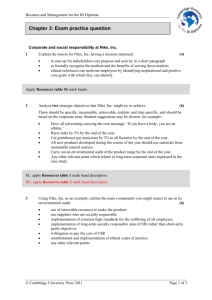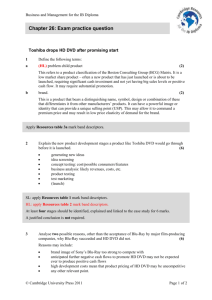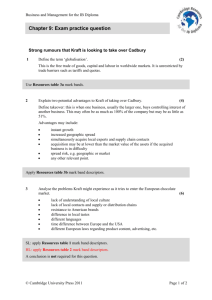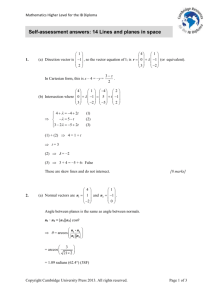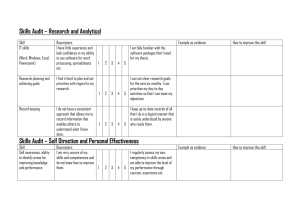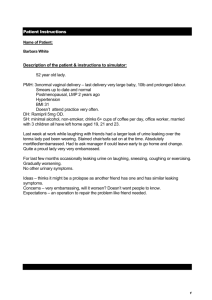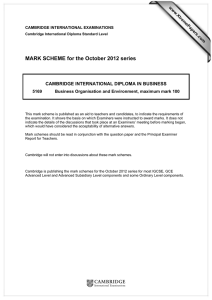IB_BusMan_36_resources_EPQ36.doc
advertisement
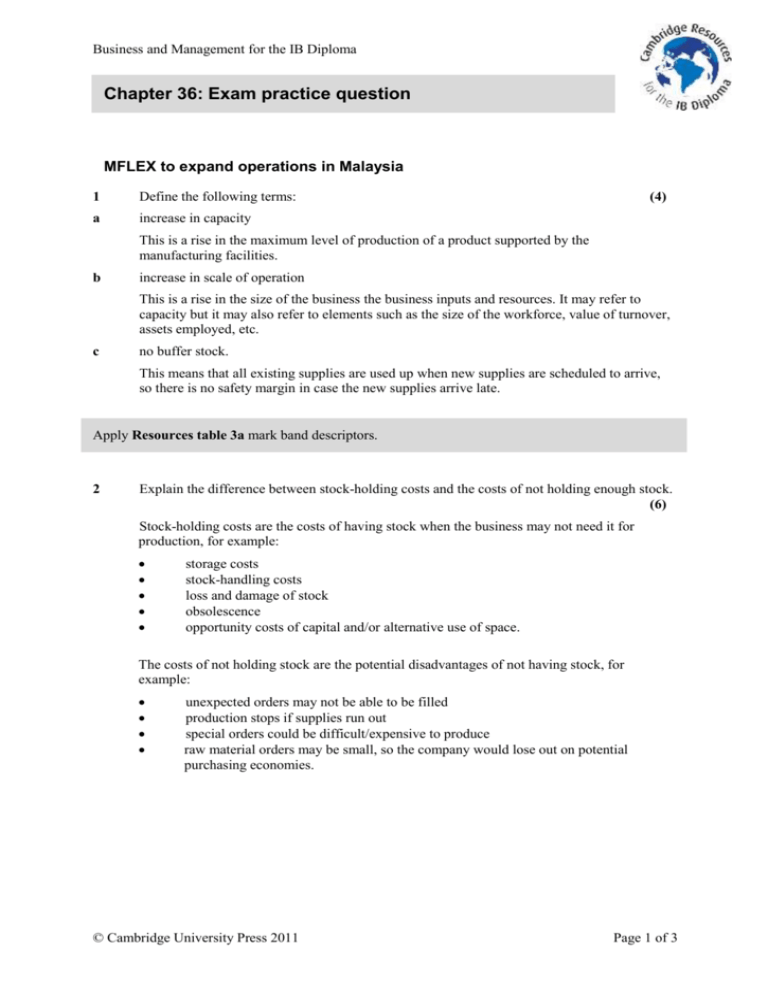
Business and Management for the IB Diploma Chapter 36: Exam practice question MFLEX to expand operations in Malaysia 1 Define the following terms: a increase in capacity (4) This is a rise in the maximum level of production of a product supported by the manufacturing facilities. b increase in scale of operation This is a rise in the size of the business the business inputs and resources. It may refer to capacity but it may also refer to elements such as the size of the workforce, value of turnover, assets employed, etc. c no buffer stock. This means that all existing supplies are used up when new supplies are scheduled to arrive, so there is no safety margin in case the new supplies arrive late. Apply Resources table 3a mark band descriptors. 2 Explain the difference between stock-holding costs and the costs of not holding enough stock. (6) Stock-holding costs are the costs of having stock when the business may not need it for production, for example: storage costs stock-handling costs loss and damage of stock obsolescence opportunity costs of capital and/or alternative use of space. The costs of not holding stock are the potential disadvantages of not having stock, for example: unexpected orders may not be able to be filled production stops if supplies run out special orders could be difficult/expensive to produce raw material orders may be small, so the company would lose out on potential purchasing economies. © Cambridge University Press 2011 Page 1 of 3 Business and Management for the IB Diploma 4 marks: A distinction between the two terms must be evident, with accurate examples of each type of cost related to the case study. 2–3 marks: A less accurate understanding is demonstrated, with some case examples. 1 mark: A basic understanding of the difference between the terms. 3 Analyse two criteria MFLEX needs to meet in order to use JIT stock management successfully. (6) Define JIT: this means just in time. It is a stock control method that originated in Japan and aims to avoid holding stocks by requiring supplies to arrive just as they are needed for production – completed goods are produced only to order and for immediate delivery. Critieria may include: close relationships and communication with suppliers and customers flexible production staff able to switch between production of different products machinery able to produce large batches, then switch products accurate computerised demand forecasting (can be expensive!) excellent employer–employee relationships quality must be right first time as there is no stock to fall back on cost of halting production if supplies do not arrive must not be greater than the cost of holding stocks low inflation does not mean that stock holding is a way of beating inflation. Analysis requires stating, explaining and linking the criteria to the case study and then consideration of both the positive and negative aspects of each of the two chosen criteria. SL: apply Resources table 1 mark band descriptors. HL: apply Resources table 2 mark band descriptors. A justified conclusion is not required. 4 Evaluate MFLEX’s decision to use JIT stock management. (9) Positive: customers are demanding JIT close relationships and communication with suppliers and customers already exists – exclusive deals signed and computer links will speed up communication new factory may not have room for storage or storage could cost more any other relevant point © Cambridge University Press 2011 Page 2 of 3 Business and Management for the IB Diploma Negative: rapid inflation and rising cost of components higher transport charges – more expensive for frequent small orders problems delivering supplies could cause costly halts in production any other relevant point SL: apply Resources table 1 mark band descriptors. (SL questions do not usually go up to 9 marks, so the HL table is best used for SL students.) HL: apply Resources table 2 mark band descriptors. A justified conclusion is usually required for a 9-mark question. © Cambridge University Press 2011 Page 3 of 3
